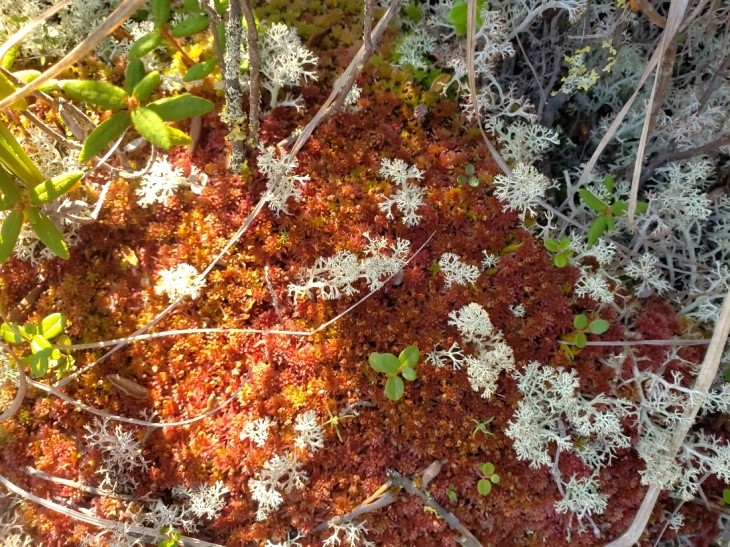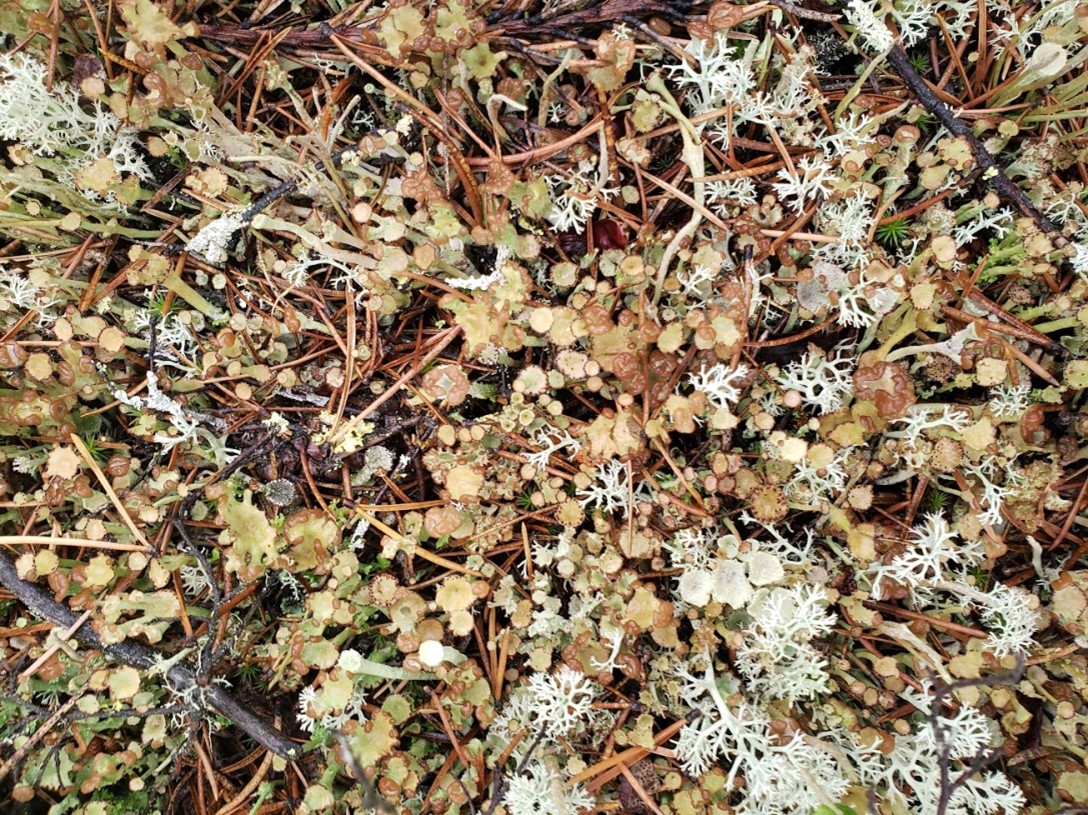Caribou consume grasses, sedges, forbs, and shrubs’ leaves in the summer, but a significant portion of their diet consists of lichens in the winter. Following a disturbance, lichens have a long recovery time. For example, post-fire studies suggest lichen recovery times of 40 years in peatlands and 50–100 years in upland woodlands.
Our objective is to assess the feasibility of lichen transplantation for restoring harvested forest areas to usable caribou habitat. In this review, we first discuss lichen biology and restoration. We then cover the collection and storage of lichens, address the various methods used to transplant lichens, and assess the transplant of lichens onto the soil and trees. We also discuss the habitat considerations and environmental factors that influence the success of lichens. We review the methods that have been used to assess lichen health and growth and discuss the cost considerations for deploying lichen at operational scales. We discuss some knowledge gaps regarding lichen transplants, and we summarise important case studies in the appendix.
Citation
Kong, R.S., Tedla, B., Schulz, M., and Sobze, J.-M. 2022. A review of lichen transplant studies and methods. Northern Alberta Institute of Technology Centre for Boreal Research, Peace River, AB, pp. 1–52.








